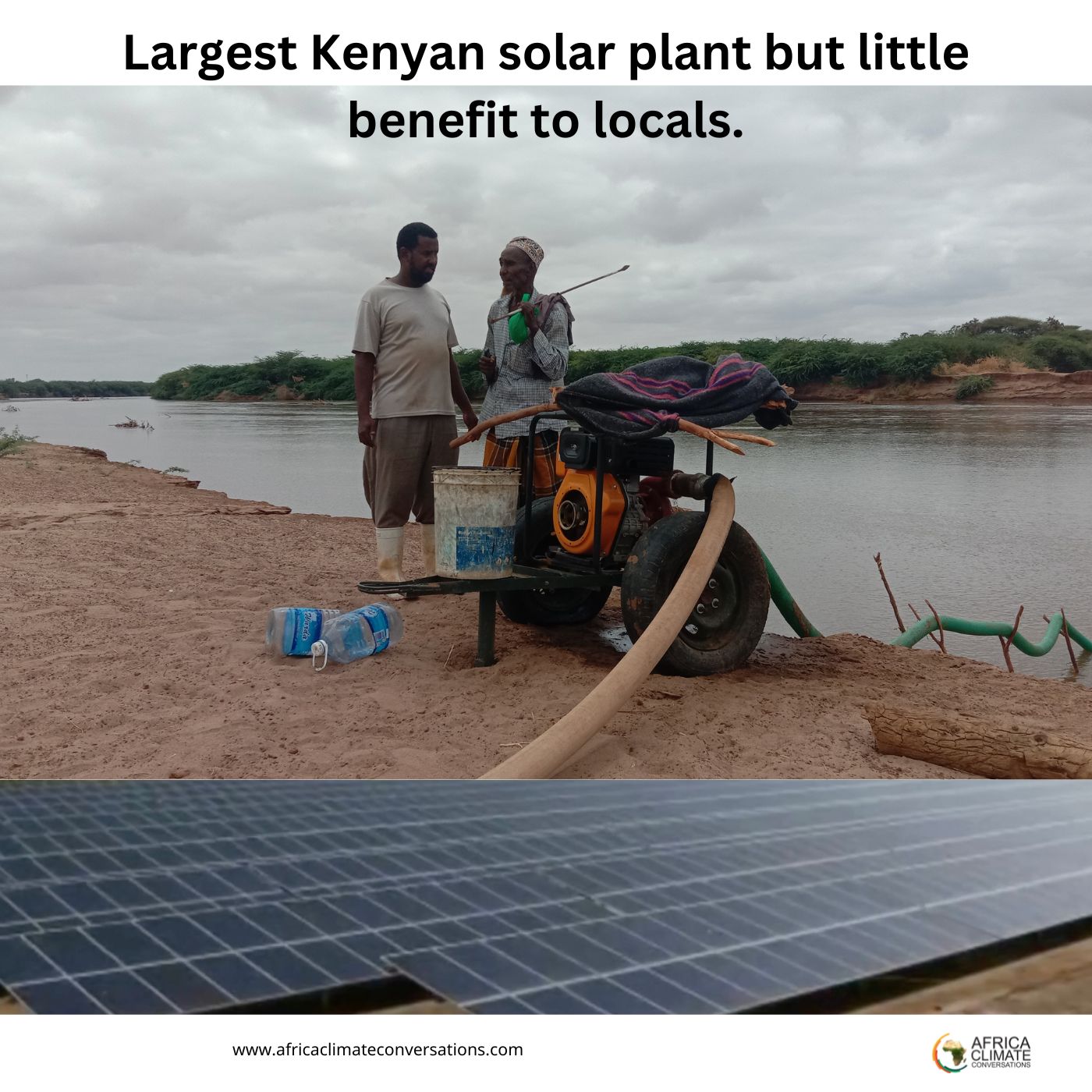
Garissa Kenya: Plonked in the middle of the desert 14 kilometres from the centre of Garissa is the largest grid-connected solar power plant in East and Central Africa, launched in December 2019. Covering 85 hectares, the plant is a vast sea of glimmering solar panels set out in uniform lines. It’s an impressive piece of infrastructure, but also incongruous out here in one of Kenya’s poorest counties.
The Export-Import Bank of China provided a US$136 million loan to fund the project, which is a relatively small sum when compared to the US$1.5 billion it provided for phase two of the standard gauge railway we discussed previously. With a capacity of 54 megawatts, the plant is also relatively small, especially when you compare it to something like the Lamu coal power plant, which had a planned capacity of over 1,000 megawatts. Garissa is Kenya’s first and still only major solar power plant – can be seen as a step towards the country’s goal of 100% renewable energy by 2030.
Also listen to how a Kenyan community is saving the forest, one tree at a time.
The Raya residents in Garissa says they gave up 85 hectares (210 acres) of their land to make way for the solar power plant but have so far seen few benefits in return.
Who is benefitting? As Kenya aim to go 100 percent renewables what are the balances of power should the country consider? These are the things I am exploring in this second episode of our two-part series on just transitions, made by Africa Climate Conversations in collaboration with China Dialogue.
